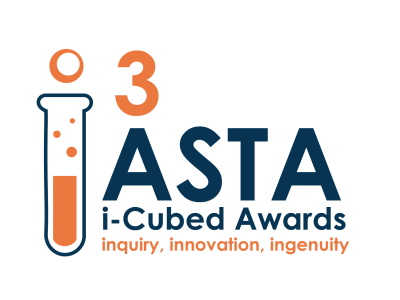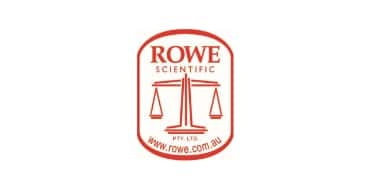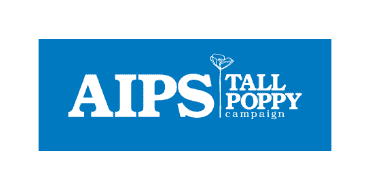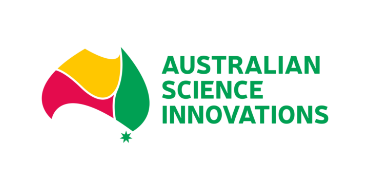
I3 Awards Judging Rubric
Inquiry, Innovation, Ingenuity

Judging Rubric - 2023/24 Competition
The following rubric is designed to compare between the final projects for the I³ Awards.
To ensure a fair comparison of projects across different judges and different fields of study, scores will be analysed using an Analytical Hierarchical Process. Judges will assign each project a score out of 20 for each dimension. Although a rubric will be provided, these scores do not represent outcomes-based achievement, but instead reflect comparative strength in the dimension. The goal of the Analytical Hierarchical Process is to create a fair ranking of projects from disparate fields.
Rubric
Written Dimensions
- Application of discipline-specific skills (eg scientific method)
- Presentation / Communication
- Understanding of concepts / process / techniques
- Significance to society or discipline
- Creativity / Innovation
Online Interview Dimensions
*Note: the purpose of the interview is to validate knowledge and skills, and to provide student to give more evidence of their skills. It is used to differentiate between the top projects.
- Depth and Breadth of Project
- Thoughtful responses to questions
- Ability to discuss ideas related to project
- Recognise and be honest about the limitations of their knowledge
Rubric specification
Dimension 1: Application of discipline-specific skills
- clear and focused purpose
- testable using scientific methods / designed with applicable valid method
- variables and control defined, appropriate and complete / constraints understood
- well-designed research plan and data collection methods / criteria for success understood
- systematic data collection and analysis / prototyping and testing performed
- reproducibility of results / assessment of final design
- degree of independence in conducting project
Dimension 2: Presentation / Communication
- logical organisation of material
- clarity of graphics and legends / clear explanation of design changes
- supporting documentation / designs referenced
- clear, concise descriptions
Dimension 3: Understanding of concepts, processes, and techniques
- appropriate application of analytical and statistical methods / appropriate application of design assessment criteria
- understanding of relevant scientific concepts / understanding of design decisions
- understanding interpretation and limitations of results and conclusions
Dimension 4: Significance to society or discipline
- identifies and explains importance of project
- identifies contribution to field of study / design area
- recognition of potential impact on field as well as societal and/or economic implications
Dimension 5: Creativity / Innovation
- project demonstrates significant creativity or innovation in one or more of the above dimensions
Contact Us
Phone : (02) 9346 9600
Email : asta@asta.edu.au
Post : Level 14, 275 Alfred St,
North Sydney NSW 2060

Our Partners

The Australian Science Teachers Association acknowledges the First Nations peoples of Australia as the Traditional Custodians of the land on which we work and live. We pay our respect to Elders past, present and future and extend that respect to all Aboriginal and Torres Strait Islander peoples.













